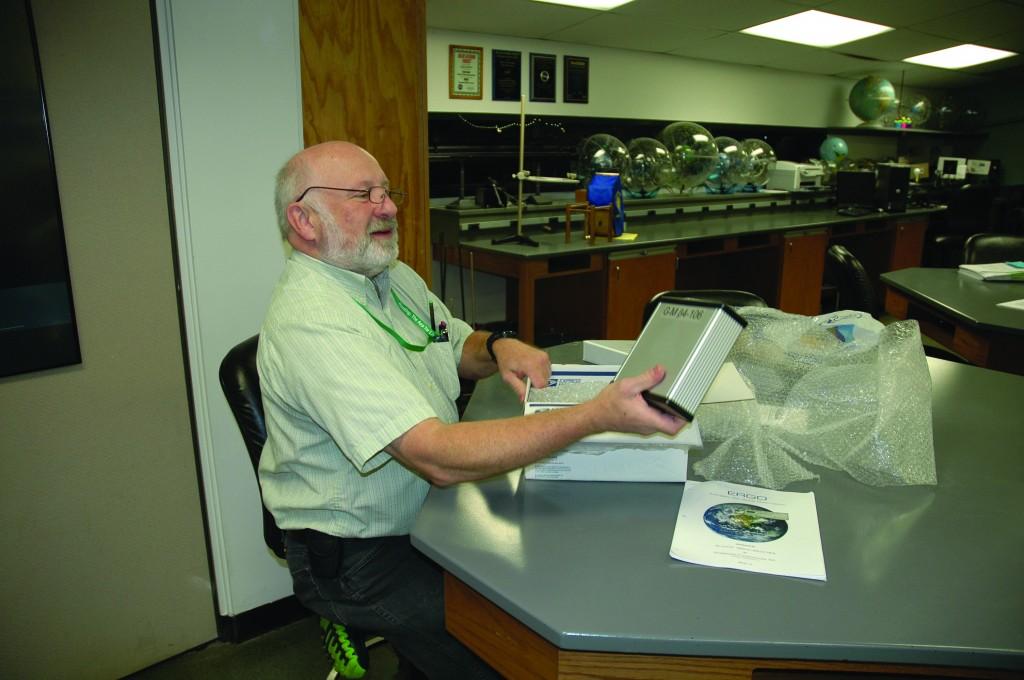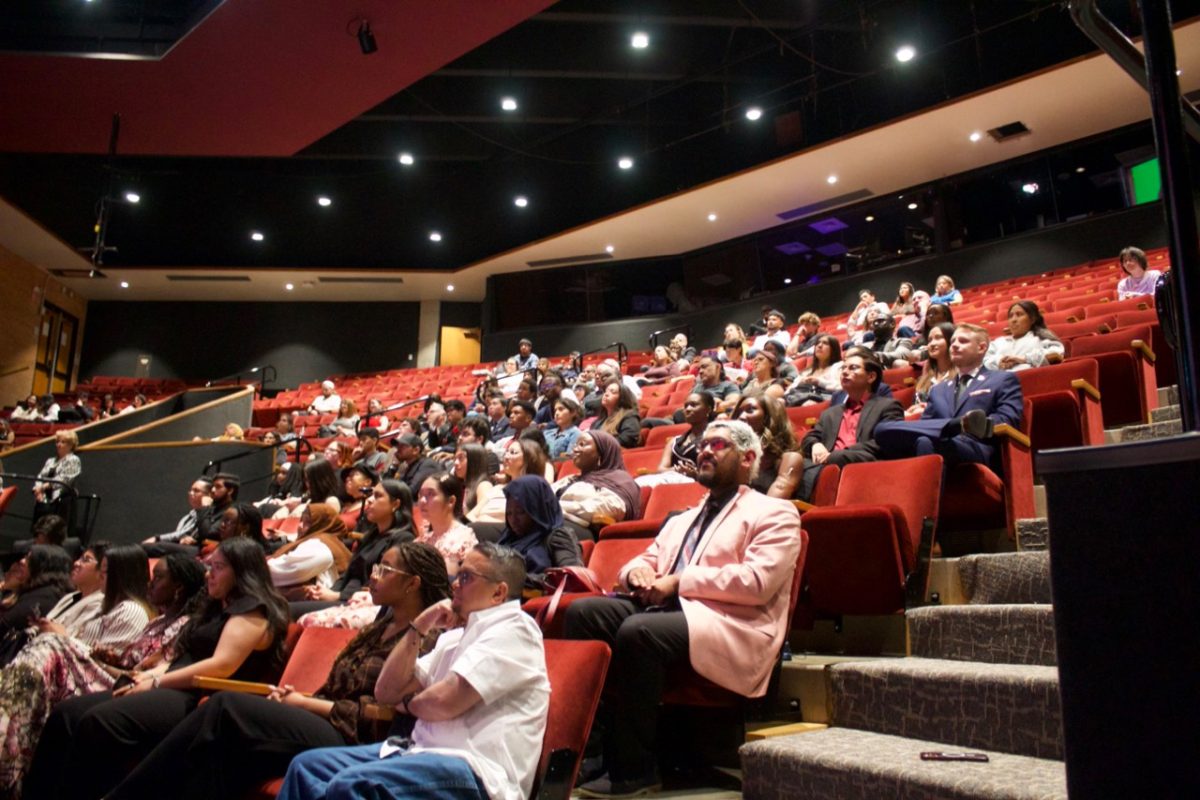By Kurt Hyde
Sports Editor
Cosmic rays have spooked scientists ever since Austrian Nobel Prize-winning physicist Victor Hess discovered their existence in 1912. Lower-energy cosmic rays originate from our sun, but the higher-energy cosmic rays, known as galactic cosmic rays, come from deep in outer space. Galactic cosmic rays enter the earth’s atmosphere from all directions, day or night. Many scientists believe they come from supernova explosions, but despite 100 years of research, more research is needed, according to www.astrobio.net.
Cosmic ray research is about to get a major boost in data collection. Energetic Ray Global Observatory is an organization comprised predominantly of students. ERGO was started by Tom Bales, a mechanical engineer who was motivated by a speaker at the 2009 Technology, Entertainment and Design conference. ERGO has involved students from its beginning.
Bales said in an email: “I’m interested in astronomy, physics, electronics and precision timekeeping. All those things come together in this project, which originally was a personal interest I was working on, and it has grown to be a vehicle to involve students in doing some real science in a collaborative, worldwide project.”
ERGO is building a network of cosmic ray detectors. According to www.ergotelescope.org, ERGO’s goal is to place 1,000 cosmic ray detectors in classrooms all over the world.
ERGO named the detectors pixels because each one has only a small amount of data, but it can be assembled into a big picture, similar to how a photo uses pixels. The ERGO detectors collect time of day and location with each cosmic ray detected.
All of the information collected is shared with the public, as the ERGO detectors are all connected via the Internet. Together, the worldwide array of ERGO detectors will comprise the world’s largest radio telescope.
Astronomy & Physics Lab Coordinator Chaz Hafey learned of the ERGO project through one of the many networks of scientific professionals to which he belongs. Hafey immediately contacted ERGO when he heard of the project, and a few emails later, Brookhaven College was on the list to get a unit.
Hafey opened the package from ERGO Friday, Oct. 12, and the ERGO detector was up and running in the astronomy and physics lab at approximately 11:05 a.m. The Brookhaven unit is not currently collecting exact location and timestamp information because its GPS receiver is impeded by the copper roof in the K Building. Because the K Building has skylights at the top, the GPS receiver will be mounted in that area of the building as soon as the extended connecting cable arrives, which is expected to be soon, Hafey said. Then the unit will be fully functional. The cosmic rays aren’t affected by the copper roof.
A little blue light flashes each time the ERGO unit detects a cosmic ray passing through the unit’s Geiger-Müller tube, the sensor within the unit that detects cosmic rays. Shortly after the unit was online, it was monitored for a one-minute sample, and the light flashed 21 times. The Brookhaven unit has been collecting about 1,000 cosmic rays per hour consistently since it came online. The unit reports that information to ERGO’s website: http://data.ergotelescope.org/map/google_earth.
Hafey said he hopes the ERGO project will be as successful in cosmic ray research as amateur astronomers have been in helping professional astronomers. Hafey mentioned the large amounts of information collected by amateur astronomers being contributed to the public domain.
He noted that one such contribution came recently from the Dallas area. “About a month ago, an amateur astronomer right here in the Metroplex was doing some nice video of the planet Jupiter in the early morning sky. He caught something that no one else has ever caught before — a meteor entering Jupiter’s atmosphere,” Hafey said. “No one else on the planet got it except this one guy, only because he wanted to have some nice videos of Jupiter.”
Having these cosmic ray detectors in the lab will also benefit Brookhaven students. “I hope that the students will use this cosmic ray detector as one of their research projects for their presentation that’s due in every one of their astronomy classes,” Hafey said.







